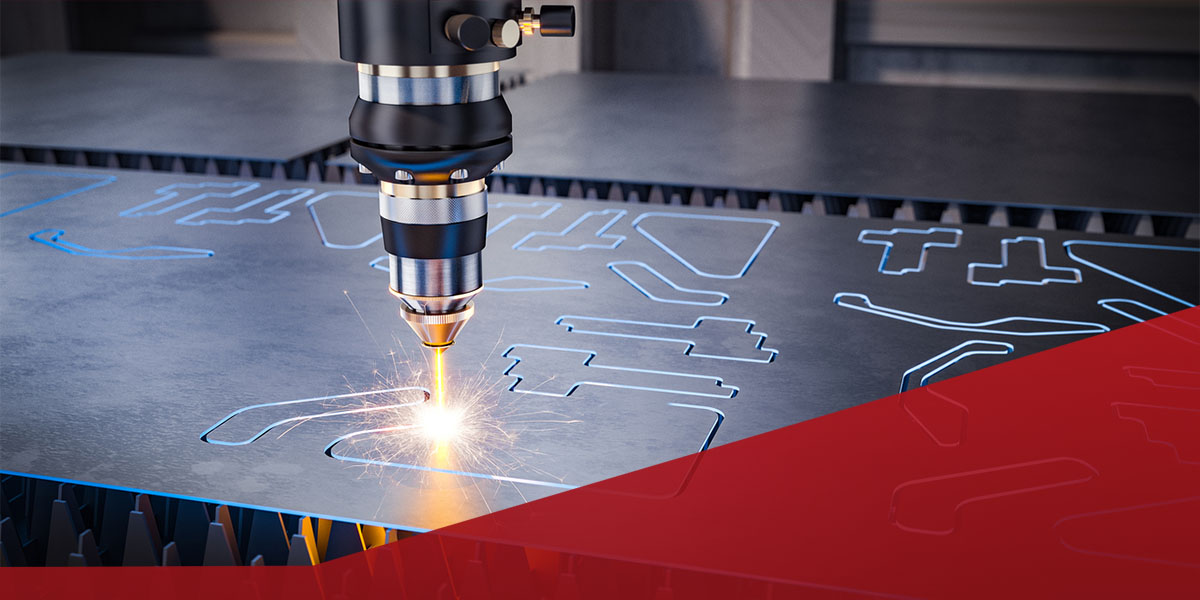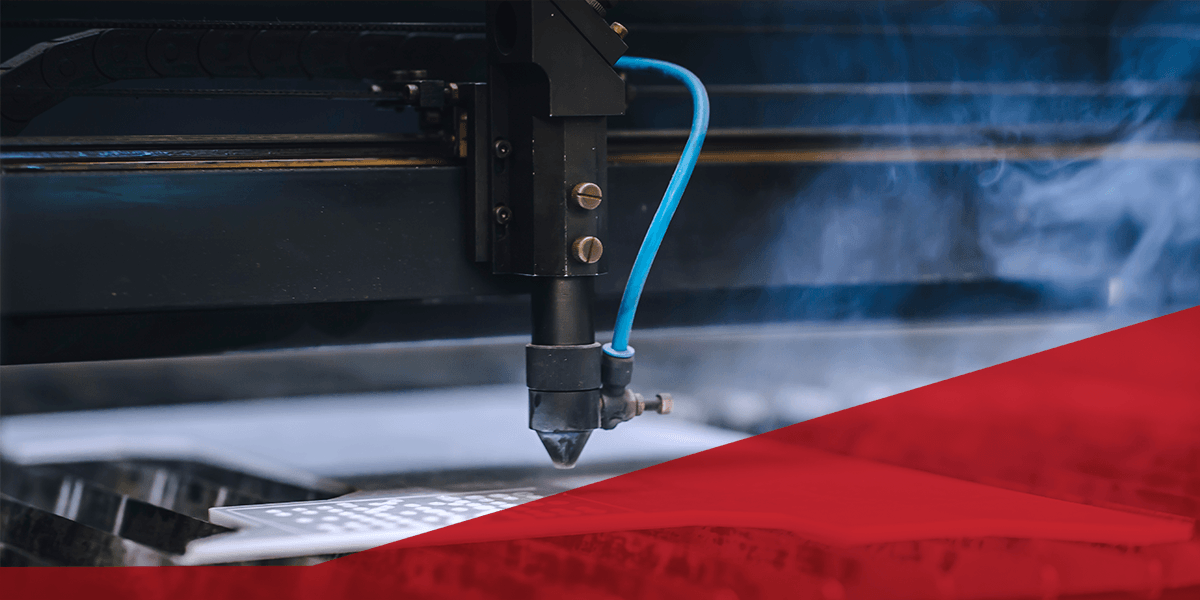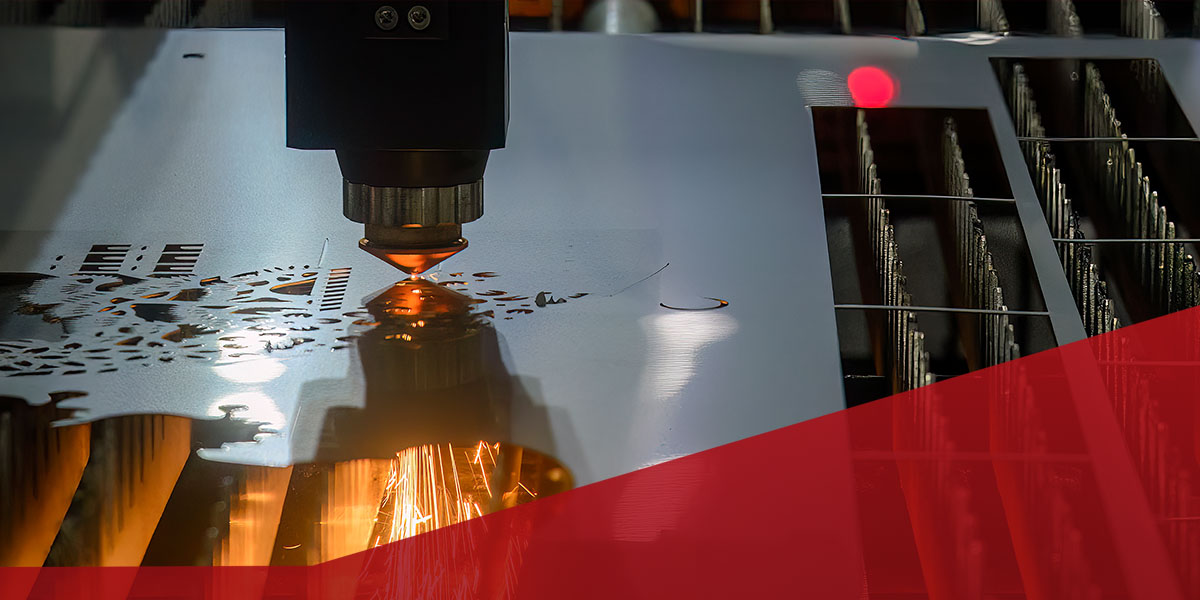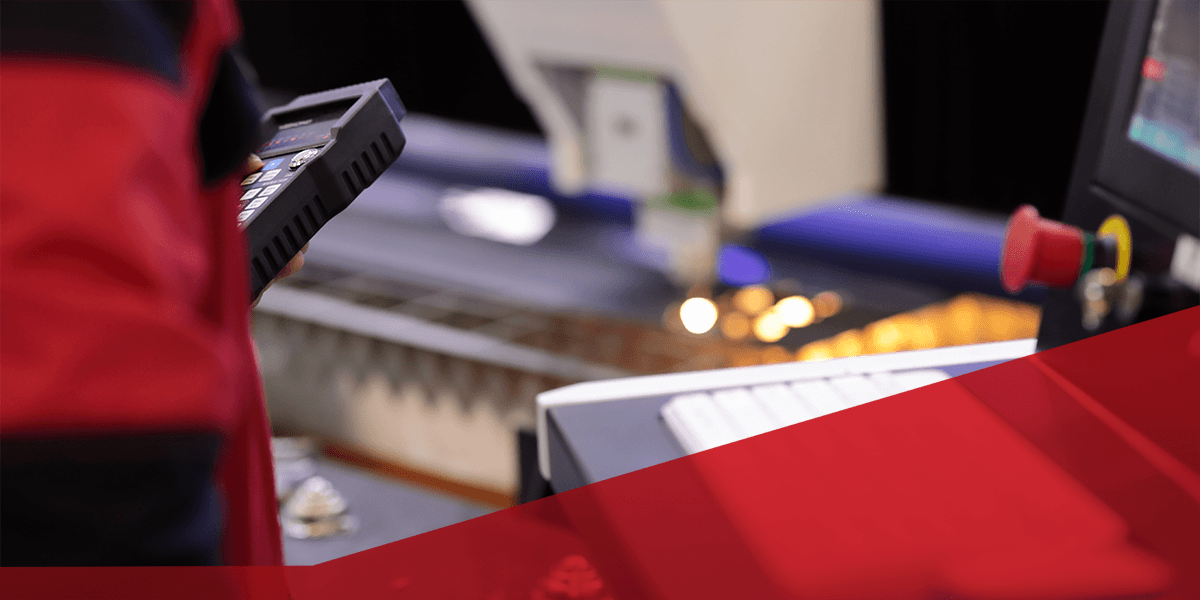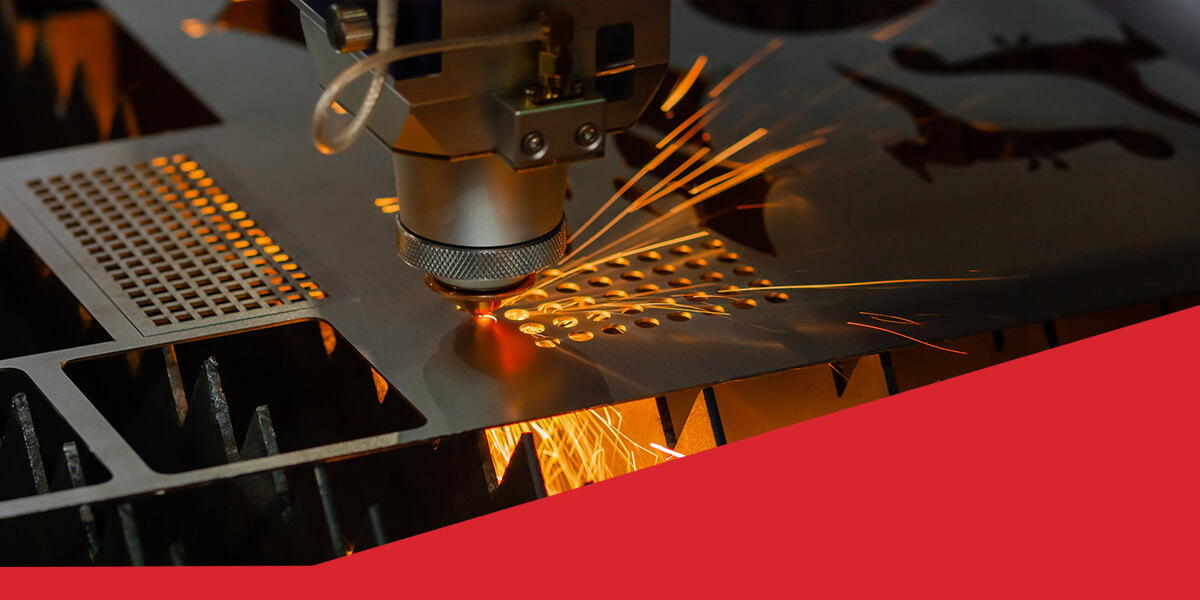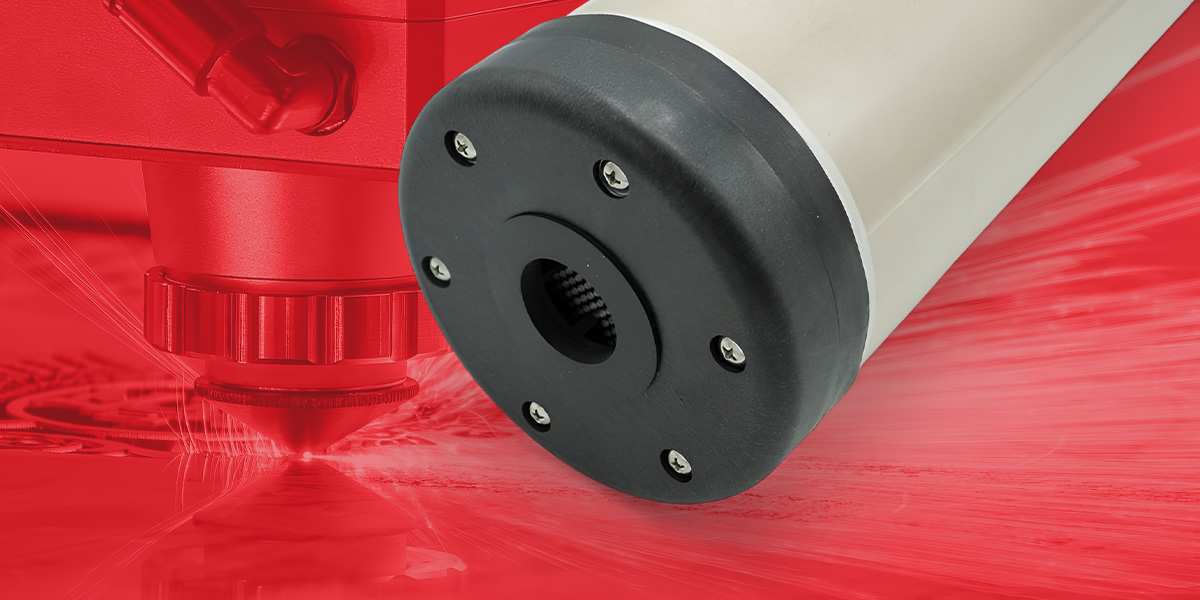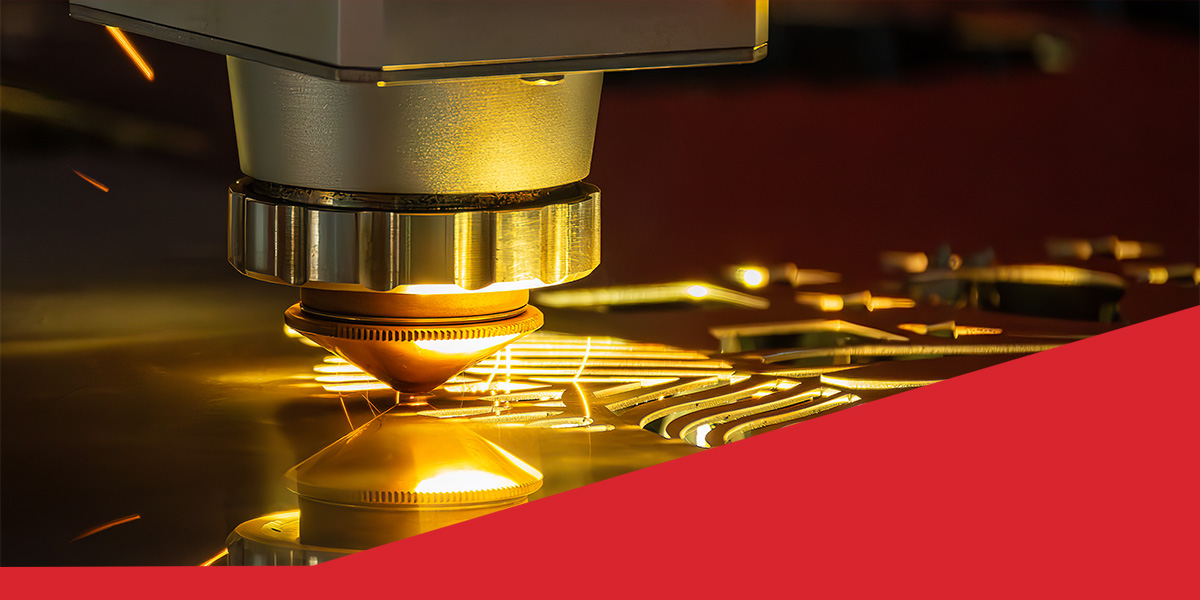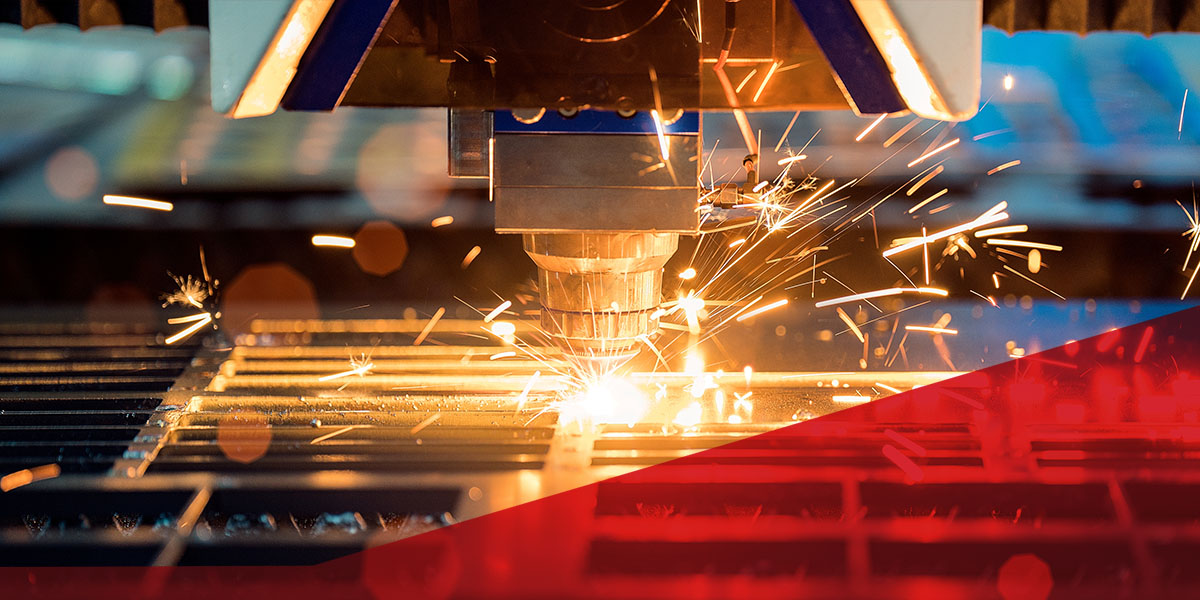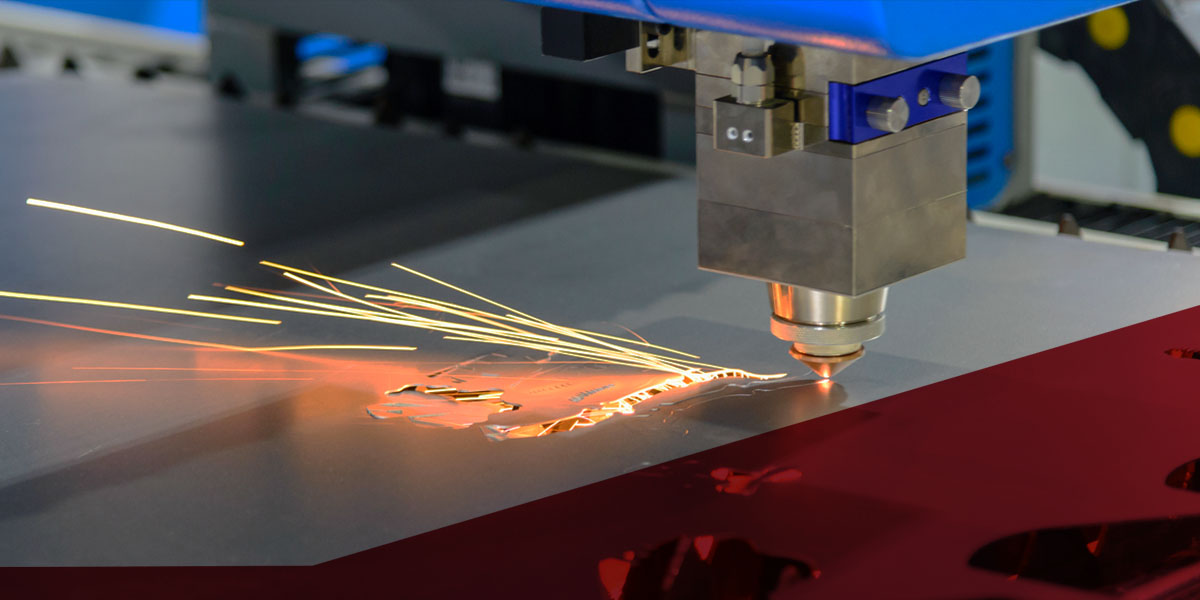Laser cutting machines are vital in multiple sectors, including automotive manufacturing and industrial design. They use a focused beam to accurately and efficiently cut, etch and engrave materials like metal, plastic and wood.
Advanced technological capabilities have made these innovative tools more versatile and accessible, allowing professionals to expand their offerings with powerful, laser-guided fabrication.
These devices create precise, 2-D and 3-D parts. To choose the correct machine for the job, you should understand the parts of a laser cutter and laser cutting systems.
Laser Cutting Systems
There are three primary types of industrial laser cutters — CO2, fiber and crystal. Each machine uses different mechanics to deliver unique results and distinct advantages, letting you choose the most appropriate technology for your needs.
Specific lasers work better with some materials than others. Let's break down these three systems and their leading applications.
1. CO2 Laser Cutters
CO2 laser cutters create the laser beam using a mixture of carbon dioxide, nitrogen, helium and other gases. These lasers can precisely cut through non-metallic materials like wood, glass and acrylics with remarkable speed and control. If accuracy is less of a priority, you can also use a CO2 laser to cut thinner metals. You'll often see CO2 laser cutters in the textile and packaging industries.
2. Fiber Laser Cutters
Fiber laser cutters use fiber covered with rare elements like thulium or ytterbium to create an infrared laser beam. Since infrared is not on the visible light spectrum, fiber lasers are unsuitable for glass and other transparent components. However, they're excellent at cutting through metals. They're highly efficient and need less maintenance than CO2 laser cutters. Additionally, they're durable and can hold up to regular wear and tear longer. Fiber lasers are popular in the aerospace, automotive and electronics industries thanks to their precision and efficiency.
3. Crystal Laser Cutters
Crystal lasers fall into two categories — neodymium-doped yttrium aluminum garnet and neodymium-doped yttrium orthovanadate. Crystal laser cutters generate laser beams using the unique properties of crystalline materials. These lasers excel at cutting and welding hard, reflective metals like titanium and copper, and they have multiple applications in manufacturing and fabrication. Nd:YAG lasers are more versatile, but Nd:YVO lasers offer additional accuracy.
Nd:YAG lasers work in pulsed continuous wave modes, making them excellent for cutting through various metals. Choose high-power, precise Nd:YAG laser cutters for fine detail or deep engraving work.
Nd:YVO lasers are much more efficient, producing higher output with less pump power. Choose Nd:YVO lasers for high-efficiency work like engraving micro-components and medical instrument manufacturing.
What Are the Components of a Laser Cutter?
Laser cutters are powerful tools to add to your manufacturing or production operation. These critical parts of a laser cutter make them effective.
1. Laser Source
The laser source, or resonator, is the heart of industrial laser components, producing the powerful light that does the cutting. Laser cutters have different energy sources that generate the machine's cutting power and material capabilities, from gas to optical fibers to crystals. Lasers are extremely powerful, potentially posing hazards to users during cutting.

2. Laser Cutting Head
The laser cutting head directs the beam to the material, creating the correct design. A focusing lens and nozzle sit inside the cutting head. The lens concentrates the laser beam to the proper size for precision results. The nozzle controls the flow of assist gases, which clear material from the cut the laser makes. As the cutting head processes commands, it adjusts so all components are the correct distance from the material, producing a clean cut.
3. Control Board
The control board takes commands from the computer system. Everything from the cutting head's movement to the laser beam's power starts with the control board. This component moves the laser along its path, ensuring it follows the correct design.
4. Lenses
A laser cutting machine can have several lenses. The laser source initially generates a broad, imprecise beam. The machine passes the beam through the lenses, concentrating the laser until it's the correct size for cutting. Focusing the beam into one tiny point makes an incredibly powerful cutting tool. The different lenses affect the laser beam's quality and accuracy — a cleaner lens produces better results.
5. Cooling System
Concentrated laser light generates excess heat. Without a water- or air-based cooling system, the components can overheat. Keeping the cooling system in good condition preserves your machine's life span and efficiency.
6. CNC System
The computer numerical control system allows the laser cutter to follow precise, complex designs. All the speed, direction and laser intensity commands start with the CNC system. The control board reads these coordinates, and the other components follow as directed.
7. Operating Table
The operating table holds the material in place while you cut. It might have a conveyor system or grid pattern to maintain a flat, efficient surface. It should minimize vibrations and movement while maximizing consistency.
8. Host
The term "host" includes laser cutter components like the housing and frame. The host provides stability to the machine, ensuring precision as the cutting head moves. It also protects sensitive interior components from dust and debris.
9. Power Supply
The power supply provides energy to the laser source and machine components by converting electrical power into the voltage and current needed for the laser cutter to work properly. Stability keeps the laser cutter precise, avoiding overloads and fluctuations.
Shop Laser Cutting Machines at Alternative Parts Inc.
Trust the experts at Alternative Parts Inc. if you are looking for a laser cutter. With over 20 years of industry experience, we specialize in providing high-quality, pre-owned metal fabrication equipment, including CO2 and fiber lasers, from top brands like AMADA and TRUMPF.
Our commitment to customer satisfaction ensures you'll get a long-lasting and competitively priced investment with discounted products designed and manufactured to original OEM specifications. Explore our inventory online, or contact us with questions to learn how we can help!




